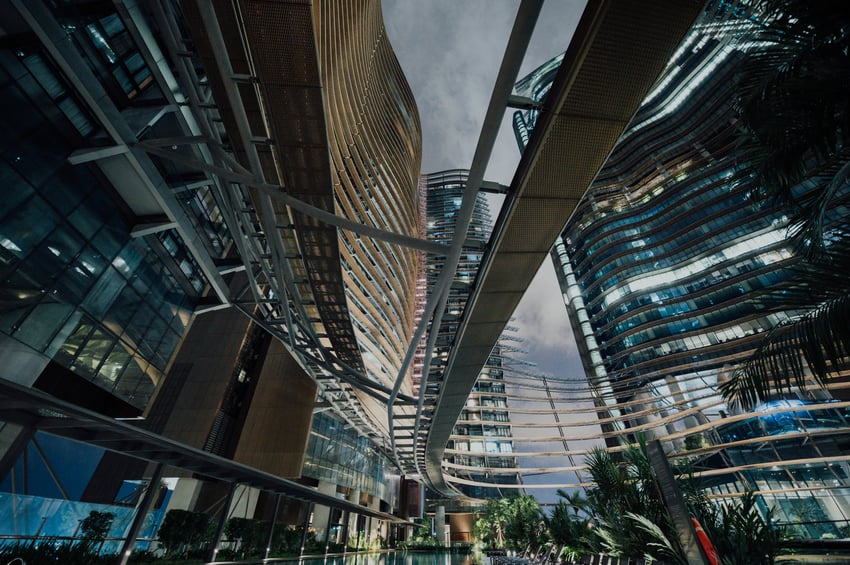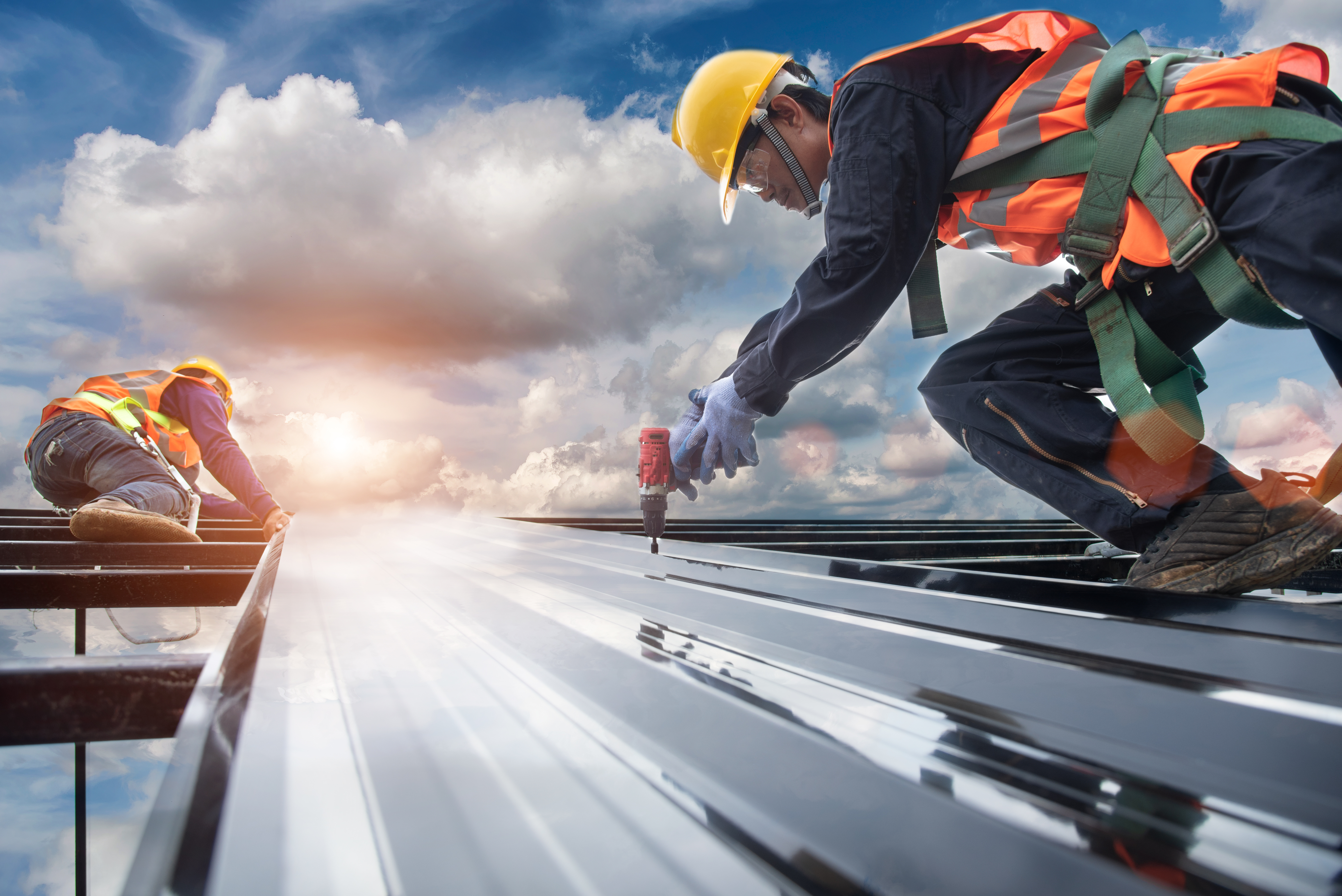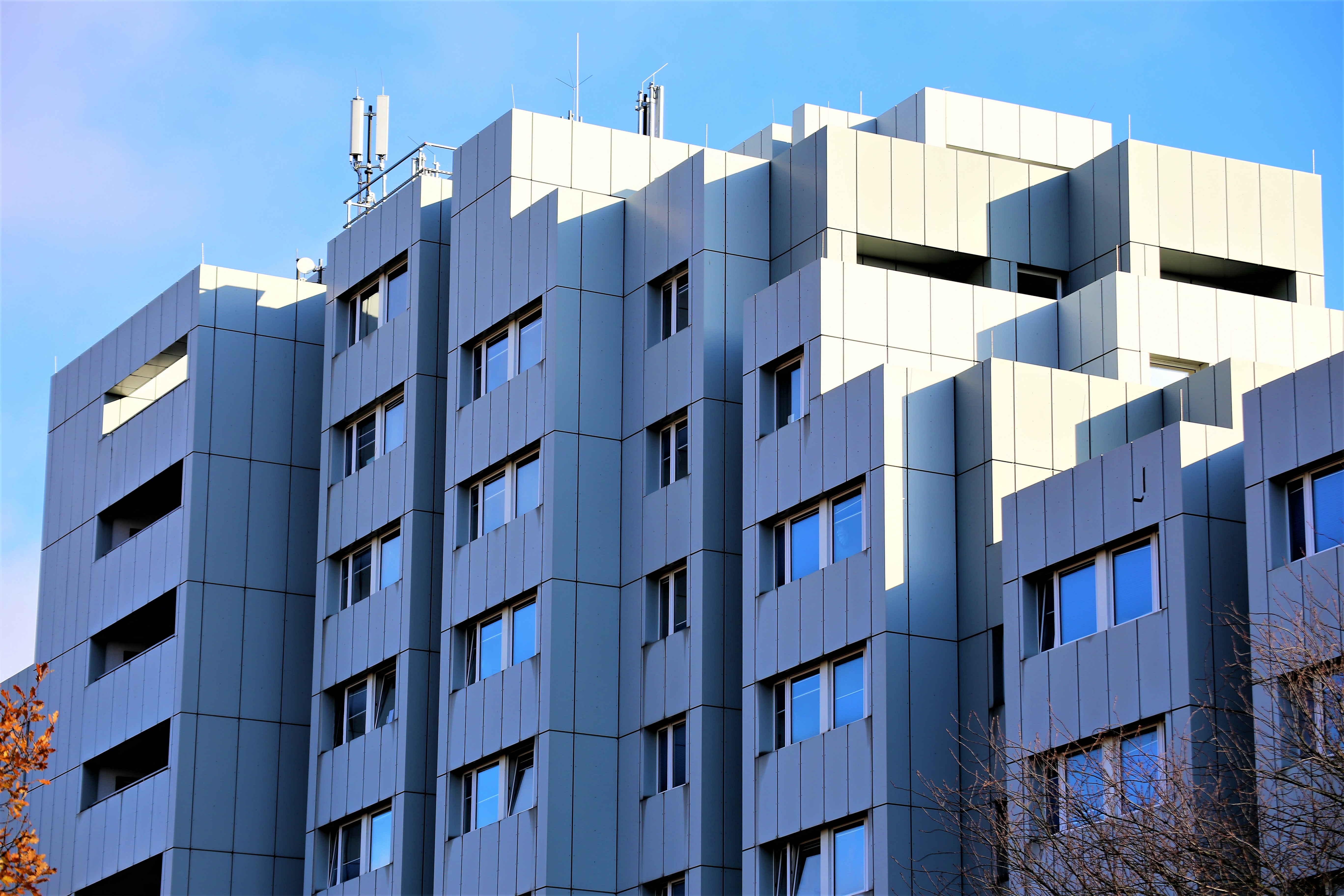Topics: MANUFACTURER
Although you’re certainly familiar with skylights for commercial applications, these seemingly simple daylighting options come in a wide variety of options and configurations.
It’s important to know what they need to accomplish in commercial building projects, how to find options that keep you in budget, and how architects tend to incorporate them into their designs. You can reach out to us at Walco at any time with questions about skylights for your next commercial project. We work with some of the best commercial skylight manufacturers in business.
Why Daylighting?
Skylights contribute to daylighting strategies by providing consistent natural lighting to building interiors. The benefits of light distribution are extensive and varied. Daylight solutions reduce the reliance on electric lighting in commercial buildings, and when done with thermally treated skylights, contributes to lower overall energy consumption for the building, saving costs and environmental impacts.
Daylight also contributes to occupant health and performance. Research has linked natural light to lower stress levels and elevated mood, which leads to greater productivity, retail sales, and test scores in schools as well as lower recovery times in medical facilities.
The visual appeal of an interior is often a concern in building design, and effective daylighting is almost always a more attractive way to light an interior than the use of artificial lighting.
Skylight Types and Use Cases
Skylights vary by application, with residential units being smaller and often simpler than large commercial skylights.
Architectural
Descriptor: Architectural skylights are large, structural skylights that are built into the ceiling of a commercial building.
Use Case: An architect who is designing a large, open area in a building may choose to light it with custom-designed architectural skylights.
Canopy
Descriptor: Canopies are free-standing or exterior-mounted structures that shelter outdoor areas close to buildings.
Use Case: Perfect for outdoor areas where people linger, such as school entrances or outdoor seating for restaurants, canopy systems provide shelter without cutting natural light.
Curb Mount
Descriptor: Individual skylights mounted inside a raised curb allow for operable designs.
Use Case: Curb-mounted skylights tend to be small and can be designed to be opened, making them ideal for residential or small retail applications.
Dome
Descriptor: Dome skylights, or acrylic domes, are made of a tough thermoplastic that is cost-effective and long-lasting. The impact-modified acrylic is more durable than glass.
Use Case: Domed units are often used for value engineering in small commercial or multi-family residential spaces.
Flat
Descriptor: Set similarly to a window, flat skylights offer a simple and attractive daylighting option with minimal impact on a roof profile.
Use Case: Flat skylights are extremely versatile and work well in almost any design where skylights do not need to be opened.
Translucent Wall
Descriptor: In settings where maximum possible daylighting is desirable, translucent wall systems expand the amount of light available.
Use Case: Aquatic centers, botanical gardens, and other buildings that benefit from a surplus of light are good choices for translucent walls.
Tubular
Descriptor: Tubular skylights consist of a small exterior dome connected by a rigid or flexible tube to a room below it.
Use Case: Tubular skylights can provide light to small, often dark areas like closets or bathrooms.
Vaulted or Pyramid
Descriptor: Larger, more complex skylights that consist of transparent panels arranged in raised shapes like pyramids allow for ease of maintenance and daylighting in large spaces.
Use Case: Shopping malls, entryways, transportation centers, and other large, high-traffic areas are suitable for vaulted or pyramid skylights.
Want to see some of these skylight types in action?
See some of the skylight projects we’ve worked on in our gallery.
What to Consider When Choosing Your Skylights
Architectural design firms tend to make designs with large skylights because they look good, but it is frequently more cost-effective to use a greater number of smaller skylights to get the same effect. There are other qualities of commercial skylight applications that are important to keep in mind.
Glazing
A range of glazing options are available for skylights and affect everything from light transmission to thermal performance and impact resistance. Materials used in glazing can include laminated safety glass or synthetic materials such as fiber-reinforced plastic (FRP) or cellular polycarbonate glazing (CPG), and these are available in different configurations based on the desired qualities of the skylight.
Weather-proofing and Weather-resistance
Skylights need to be able to resist not only moisture but UV and other radiant damage, impact, and weight from accumulated snow or other stressors. Insulated glass and CPG tend to perform better in these areas, and there are a range of moisture-sealing processes possible.
Code Compliance
Skylights present the need to create a gap in a building’s envelope or roofing system, and it’s critical to follow codes related to roof pitch, proximity to plumbing and ventilation, material safety, and other factors. The fully customized configuration of your unit skylights can make it easier to ensure a compliant building project.
Walco is Committed to Compliance
At Walco, compliance is our speciality. We’re experts in providing the materials and expertise for safe and cost-effective commercial installations, and we watch changes in building codes with a laser focus. Get it right the first time and get in touch with us so we can help you check your plans for effective compliance.




